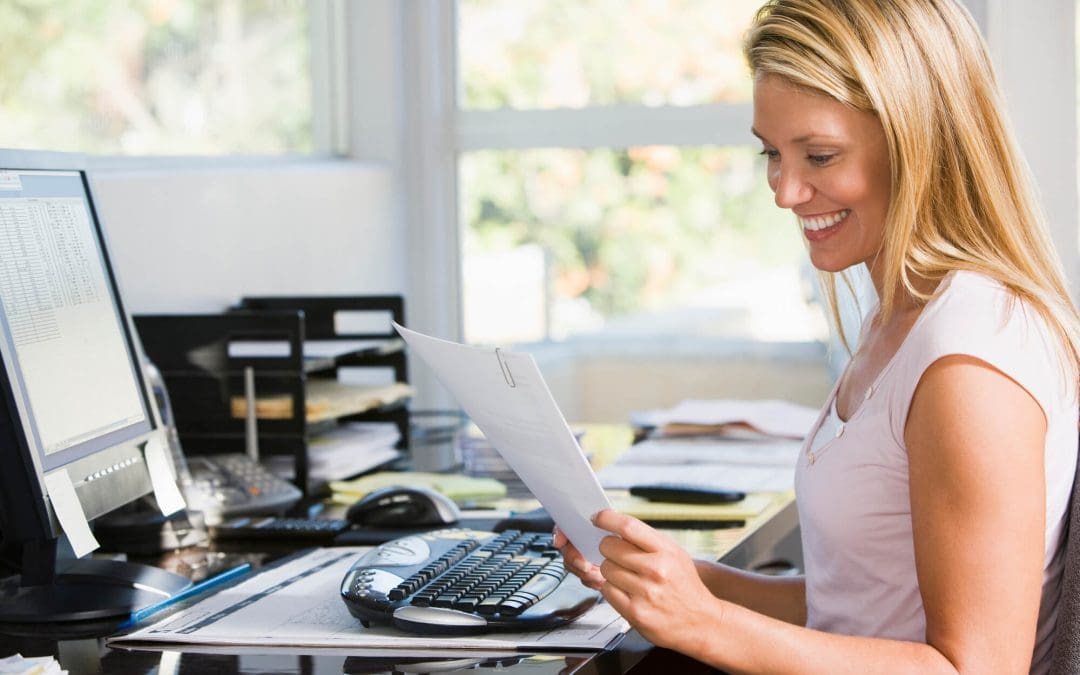Working from home has become the new norm for many, and having a well-designed home office is essential for productivity and comfort. These tips and tricks for building a home office will help you create a functional and stylish workplace.
Choose the Right Location
The first step is selecting the ideal spot for your home office. If possible, choose a quiet area away from high-traffic zones in your home. A spare bedroom, a corner in the living room, or even a well-lit basement can work. The key is to find a place where you can focus without constant interruptions.
Invest in Quality Furniture When Building a Home Office
Your desk and chair are the most essential furniture in your home office. Invest in an ergonomic chair that supports your back and promotes good posture. A desk with ample space for your computer, documents, and other essentials is also crucial. Consider adjustable desks if you prefer to alternate between sitting and standing.
Ensure Good Lighting
Proper lighting can significantly improve your productivity and comfort. Natural light is ideal, so position your desk near a window if possible. Supplement with task lighting, such as a desk lamp, to reduce eye strain. Avoid harsh overhead lights that can create glare on your screen.
Organize Your Space
A clutter-free workspace helps maintain focus and efficiency. Use shelves, cabinets, or storage boxes to organize your office supplies. A filing cabinet can help manage paperwork, while cable organizers keep cords and wires tidy. Regularly declutter your desk to ensure a clean and organized environment.
Personalize Your Office
Adding personal touches to your office can make it a more enjoyable workplace. Decorate with artwork, plants, or family photos. Choose colors that inspire and motivate you. Personalizing your space can create a more inviting and comfortable atmosphere.
Incorporate Technology When Building a Home Office
Equip your home office with the necessary technology to streamline your work. A high-speed internet connection, a reliable computer, and a good printer are essentials. Consider investing in a second monitor for increased productivity. Ensure your technology is up-to-date and meets your work requirements.
Create a Functional Layout
The layout of your home office should support your workflow. Arrange your desk, chair, and other furniture to allow for easy movement and access to frequently used items. Consider the flow of your work and position your equipment accordingly.
Building a Home Office Should Establish Boundaries
Setting boundaries is crucial for maintaining a work-life balance. Communicate with family members about your work hours and the importance of minimizing interruptions. Designate your office as a work-only zone to clearly distinguish between work and personal time.
Enhance Acoustics
Noise can be a major distraction when working from home. Use noise-canceling headphones or a white noise machine to minimize background noise. Adding rugs, curtains, and soft furnishings can also help absorb sound and create a quieter environment.
Focus on Comfort
Comfort is vital to sustaining productivity throughout the day. Ensure your office chair and desk are at the correct height to prevent strain. Keep a water bottle and healthy snacks nearby to stay hydrated and energized. Take regular breaks to stretch and move around to avoid stiffness.
Prioritize Ergonomics
Ergonomics plays a vital role in preventing physical discomfort. Position your monitor at eye level to avoid neck strain. Use a keyboard and mouse that support a natural hand position. Consider a footrest if your feet don’t comfortably reach the floor.
Stay Inspired
Finally, keep your workspace inspiring. Rotate decorations and rearrange your office periodically to keep it feeling fresh. Stay updated with trends and incorporate new ideas that boost your creativity and motivation.
By implementing these ideas, you can create a functional home office where you enjoy spending time. A well-designed home office can enhance your productivity, creativity, and overall work experience.
FAQs for Building a Home Office
How can I manage cables and cords in my home office?
Use cable organizers, such as clips, ties, and sleeves, to keep cords and cables tidy and out of the way. Consider using a cable management box to hide power strips and excess wires. Keeping cables organized makes your workspace look neater and reduces the risk of tripping.
How can I incorporate natural elements into my home office?
Incorporate natural elements by adding plants, using natural materials like wood or stone for furniture and decor, and ensuring ample natural light. You can also use nature-inspired artwork or a small indoor water fountain to create a more serene and natural environment.
What are some budget-friendly ways to set up a home office?
For a budget-friendly setup, look for second-hand furniture or DIY solutions. Use inexpensive but effective storage solutions like plastic bins or cardboard boxes covered with decorative paper. Repurpose items from other parts of your home, and take advantage of free online tools and resources for work organization and productivity.
What are some space-saving furniture ideas for a small home office?
To maximize space, consider using wall-mounted desks, fold-out tables, or corner desks. Floating shelves can provide storage without taking up floor space. Multi-functional furniture, such as a desk with built-in storage compartments or a chair that doubles as a filing cabinet, can also be very useful.
Pro Spect Home Inspections offers inspection services to customers in Citrus, Hernando, Pasco, Hillsborough, and Pinellas counties. Contact us to request an appointment.

